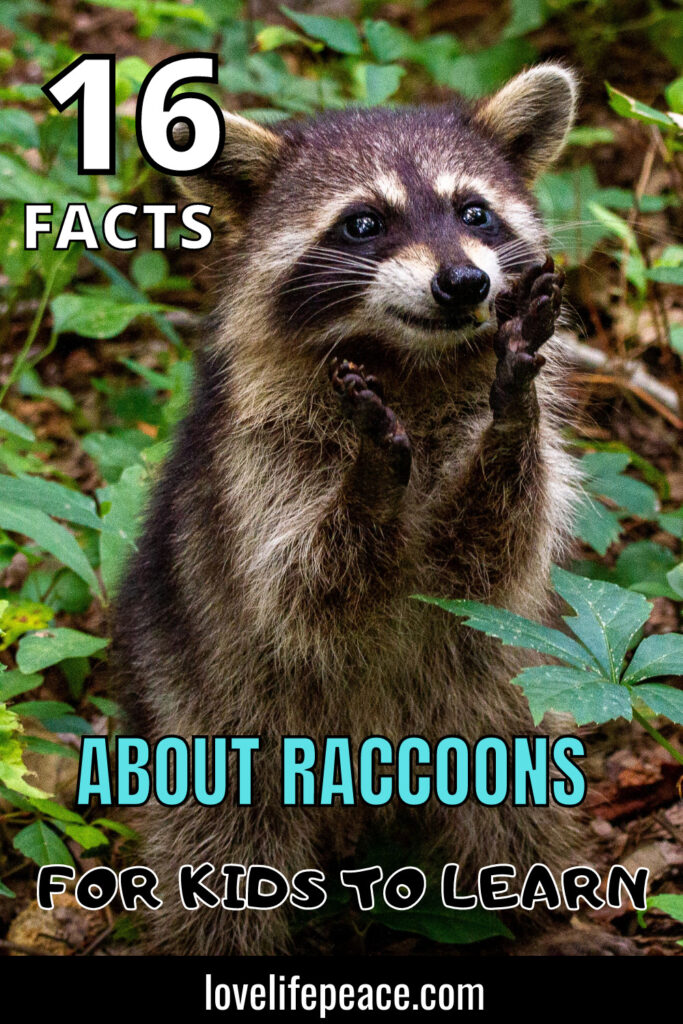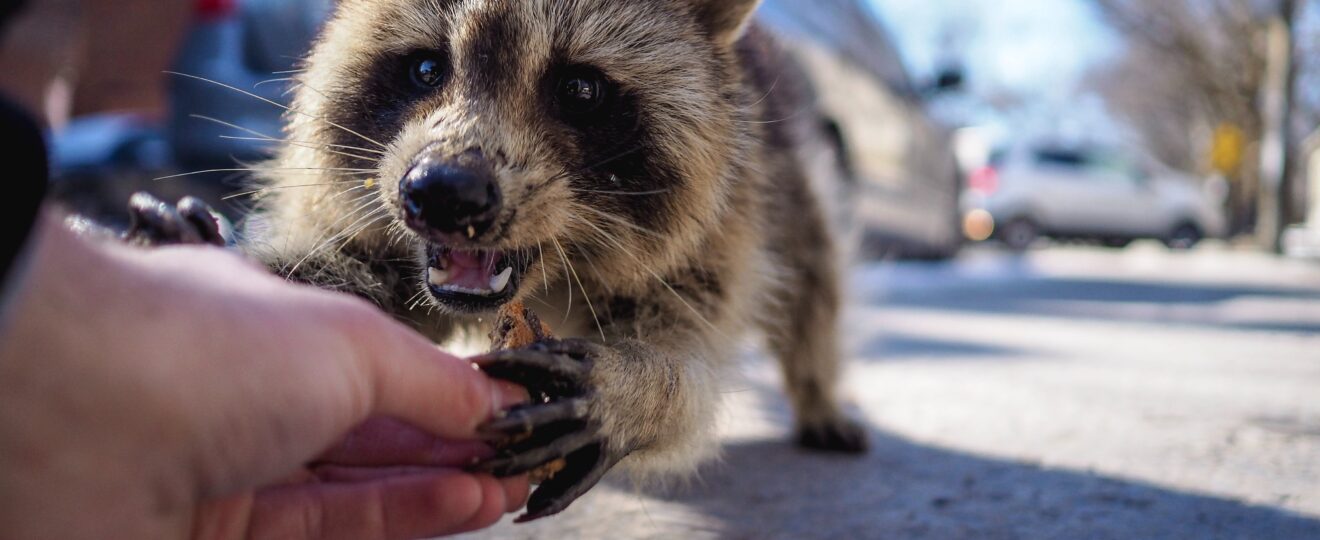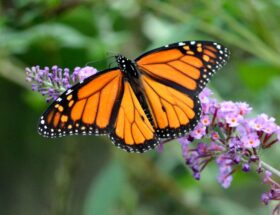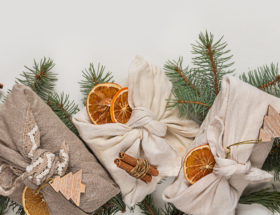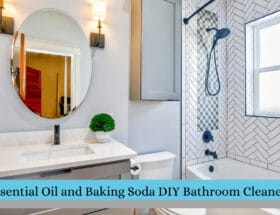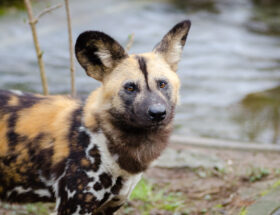Most people know raccoons eat trash and can carry rabies. But there is so much more about these intelligent mammals most people do not know. Including about “Rebecca”, the white house pet. See 16 interesting facts below to learn more about this mammal.
Raccoons’ natural habitats include forests, marshes, prairies, and tropical areas. But raccoons are adaptable enough to thrive in rural, urban, and suburban environments. Raccoons are instinctively curious and are now part of the local wildlife in many places. They do well in cities because of the abundance of food. Toronto, Canada has one of the biggest city raccoon populations.
Raccoons are medium-sized, nocturnal, masked mammals. Although there are seven different species of raccoons, the most common and the most well-known is the North American raccoon (Procyon lotor), native to North America including Canada, the United States, and South America. Today, they are found in many parts of the world because they have been imported to parts of Europe and Asia. Particularly into Japan.
Quick and Easy Navigation
SAVE FOR LATER


16 FACTS ABOUT RACCOONS
#1 They are round furry mammals with a brown-greyish dense coat and a long ringed bushy tail.
#2 They measure between 2 to 3 feet, and weigh 4 to 23 pounds. Their hind legs are longer than the front legs so they appear hunched when walking or running.
#3 Raccoons most well-known feature is the black coloring around their eyes that has earned them the nicknamed of masked bandit. These cute not so friendly creatures are not actually trying to appear in disguise, scientists believe that the dark around their eyes is to reduce glare and help them see better. This is similar to the tracks underneath the red pandas’ eyes. At one-point, these two animals were believed to be closely related because of their physical similarities. Take a look at our Red Panda’s video to learn more about them.
#4 They are also known for stealing food and rummaging through thrash, scavenging for anything to eat. They are opportunistic omnivores and eat pretty much anything they can get their paws on. They eat plants, berries, fruits, nuts, bugs, insects, crayfish, fish, frogs, rodents, bird eggs, and any food they can steal from humans.
#5 They have amazing dexterous front paws with 5 long fingers in each paw, similar to humans. They are able to open doors, jars, locks, and trash cans. This gives them an amazing ability to find food and thrive in any environment.
#6 Their front paws are extremely sensitive to touch and even more so in water. That is why raccoons are often seen dipping their food in water. Some believe they are washing their food, but they are most likely doing it to better sense what they are about to eat.
#7 Just like red panda’s and foosas, they can climb down trees head first by rotating their hind ankles 180 degrees.
#8 In the wild, raccoons make dens out of hollow trees, caves, and burrows. In cities and urban environments, they look for anything that can give them comfort and safety such as attics, in between walls, abandoned buildings, or any other cozy secret location they can find.
#9 They are primarily nocturnal but will come out of their dens during the day if they need more food. Also, while they are not actually sleeping, they hibernate during the winter. They ensure to store enough fat to be able to survive the winter without having to come out of their dens to look for food.
#10 The average lifespan in the wild is pretty short, they live between 2 to 3 years, but have lived up to 20 years in captivity. Their natural threats are diseases and predators such as cougars, bobcats, coyotes, and dogs. Large owls and eagles prey on young raccoons. In cities, their main threat is car accidents.
#11 Several tests performed by scientists revealed that raccoons are very smart animals. They ranked higher than dogs and cats and almost as smart as primates. They were able to retain memory for longer even when presented with distractions.
#12 Female raccoons give birth to 3 to 6 babies called Kits. When first born, the babies are blind and deaf. It can take a month for them to be able to hear and open their eyes. The babies stay with the mother raccoon well protected for about a year.
#13 A group of raccoons is called a nursery or a gaze.
#14 Raccoons can make over fifty different sounds to communicate. They can hiss, purr, and growl, and they are often heard when fighting for food.
#15 Raccoons do not make good pets for several reasons. Their behavior can be unpredictable especially towards humans. They can become aggressive making them dangerous. But that is not the only problem, they can carry rabies, as well as many other horrible diseases.
#16 Despite this, raccoons as pets are not unheard of. Perhaps the most bizarre is the White House raccoon pet. Yes, there once was a white house raccoon pet named Rebecca. It was given to President Calvin Coolidge for Thanksgiving in 1926 and it lived in the white house as a pet until it was donated to the national zoo.
CONSERVATION STATUS
Raccoons are listed in the IUCN Red as least concern with an increasing population, with the exception of the pygmy raccoon which is currently listed as critically endangered.
SAVE FOR LATER
